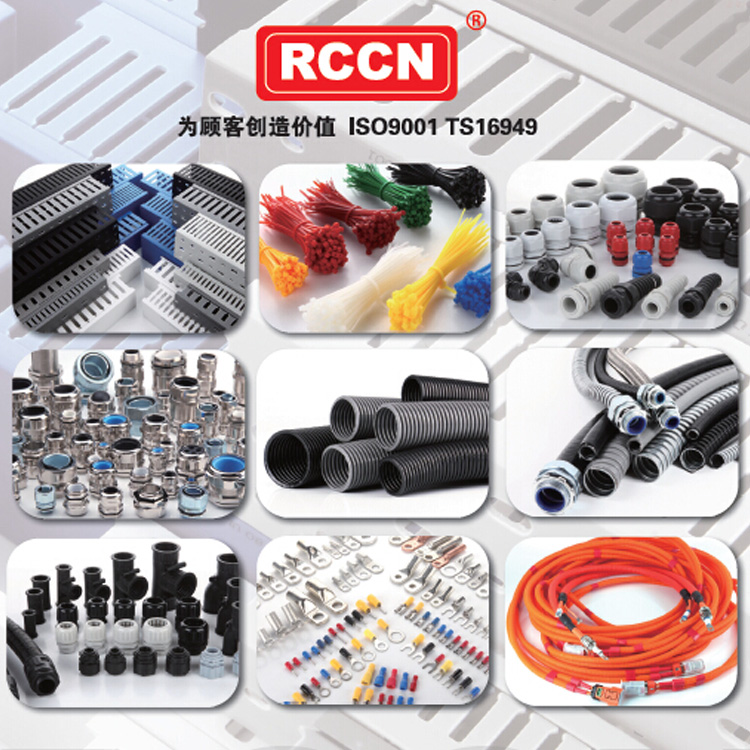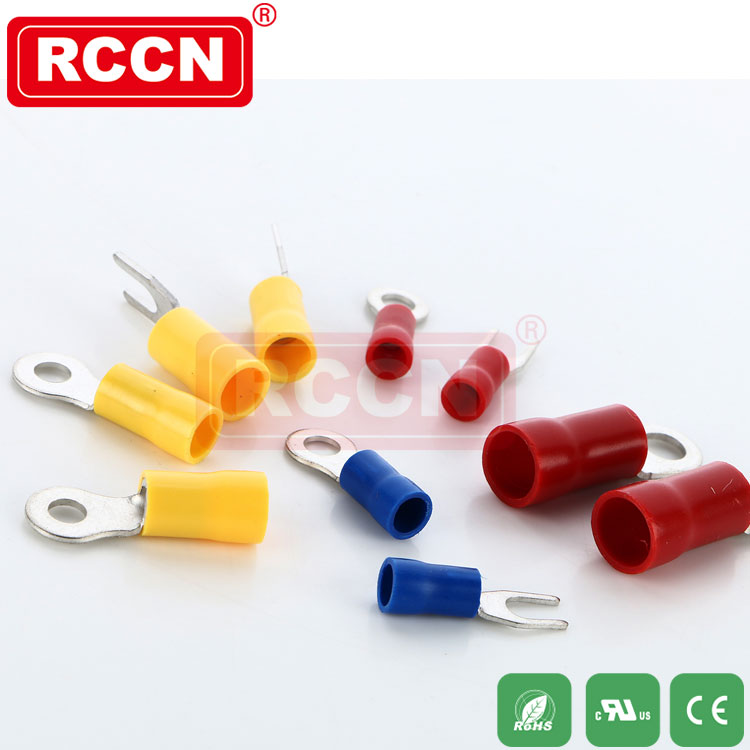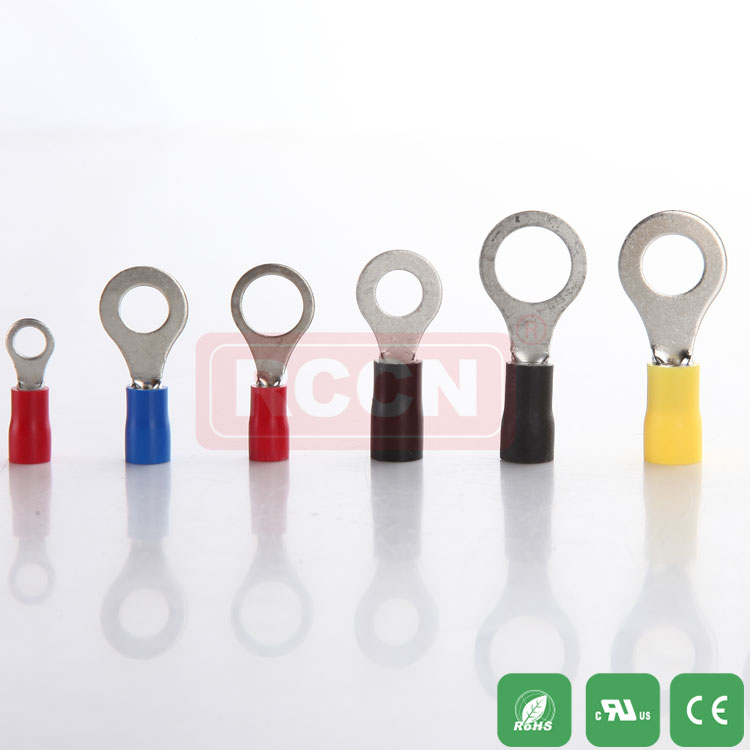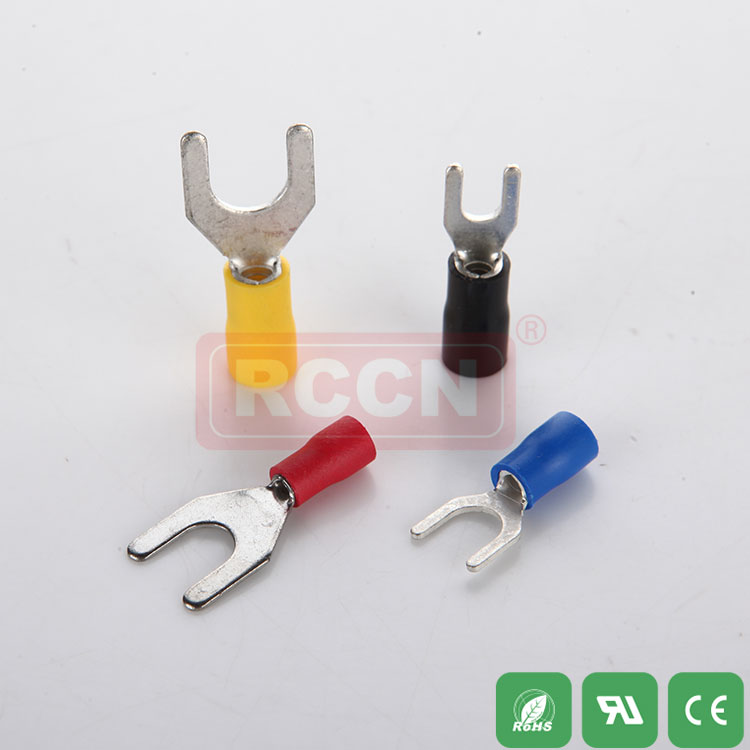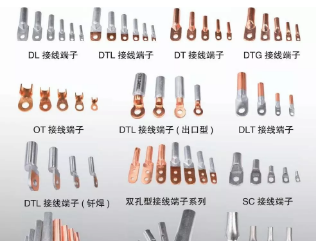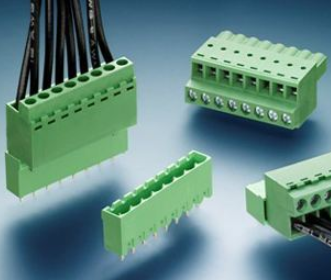There are three common methods for the classification of terminal blocks: distinguishing by terminal raw materials, such as copper terminal blocks; dividing by terminal functions, such as printed circuit board terminal blocks; and the last one is more familiar to the market. There are mainly the following categories.
First, plug-in terminal
It is formed by two parts being plugged and connected, one part presses the wire tightly, and then inserts the other part, and this part is soldered to the PCB board. This is the mechanical principle of the bottom, and the anti-vibration design ensures the long-term air-tight connection of the product and the reliability of the finished product. Mounting ears can be added to the two ends of the socket. The mounting ears can largely protect the tabs and prevent poor arrangement of the tabs. At the same time, this socket design can ensure that the socket can be correctly inserted into the mother body. The socket can also have assembly buckles and locking buckles. The assembly buckle can be more firmly fixed to the PCB board, and the locking buckle can lock the mother body and the socket after the installation is completed. A variety of socket designs can be used with different mother body insertion methods, such as: horizontal, vertical, or inclined printed circuit boards, etc., and different methods can be selected according to customer requirements. You can choose both metric and standard wire gauges. It is the most popular terminal type on the market.
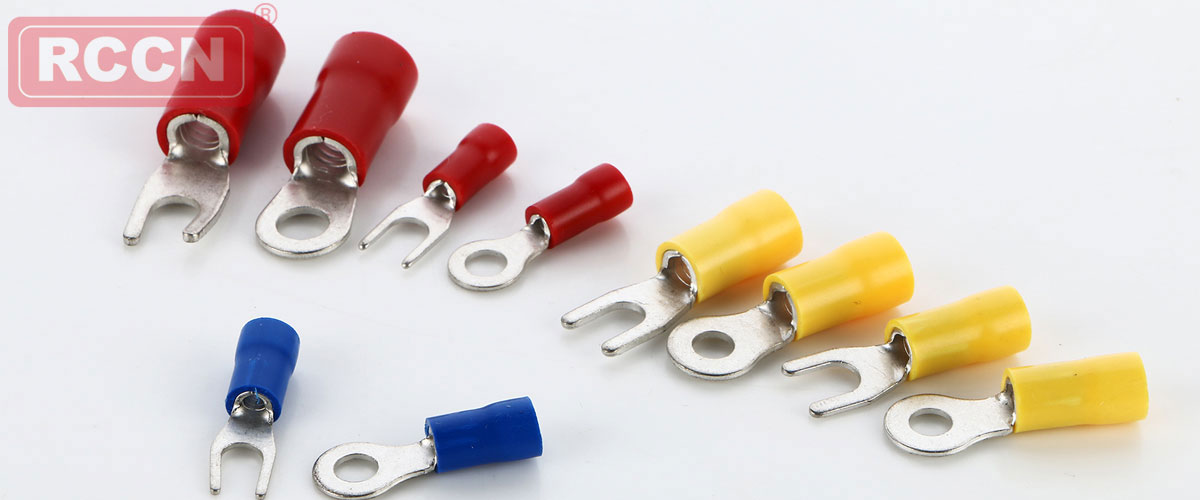
Adopting screw connection wire technology, the insulation material is PA66 (flame-retardant grade: UL94, V-0), and the connector is made of high-quality and highly conductive metal materials.
H-type through-wall terminal blocks can be installed side by side on panels with a thickness of 1mm to 10mm, etc., which can automatically compensate and adjust the thickness of the panel to form a terminal block with any number of poles, and can use isolation plates to increase air gap and creepage distance. Without any tools, the through-wall terminal can be firmly installed in the rectangular reserved hole on the panel, which is extremely convenient to install.
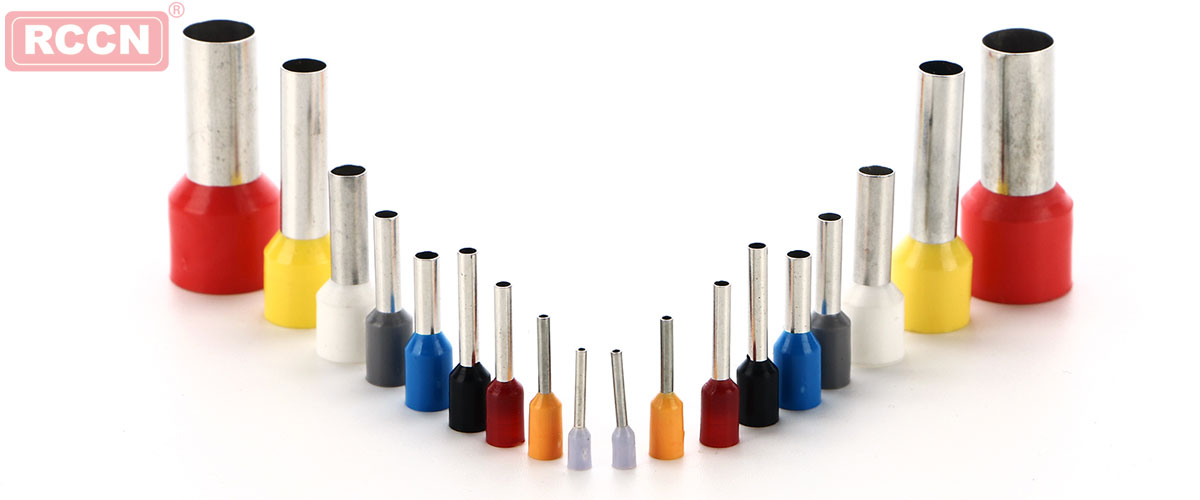
The selection of the terminal is nothing more than the diameter and current of the wire diameter, current, wiring direction, application, wiring method, etc., not much to say here, that is, the size of the wire diameter and the rated current. The wiring direction generally has front wiring and side wiring. It is mainly used to facilitate the operation of technicians to improve work efficiency. This is a frequently asked question. The scope of application of wiring terminals is relatively wide. For example, you buy wiring The terminals are for soldering on the PCB board, then you can not choose the terminal terminal wiring method used on the guide rail. Generally, there are docking, floating, fixing and other methods. The basic structure of the universal terminal consists of an insulating base, an insulating partition, It consists of wire pieces and an insulating base.
















 RCCN WeChat QrCode
RCCN WeChat QrCode Mobile WebSite
Mobile WebSite